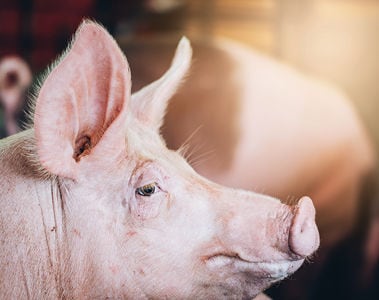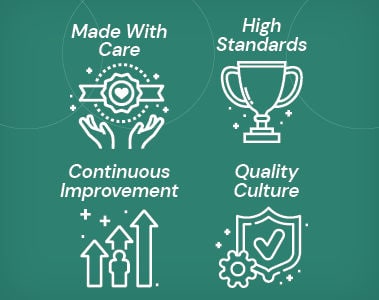Gerlinger, C., Oster, M., Reyer, H., Polley, C., Vollmar, B., Muráni, E., ... & Wolf, P. (2021). Effects of excessive or restricted phosphorus and calcium intake during early life on markers of bone architecture and composition in pigs. Journal of Animal Physiology and Animal Nutrition, 105, 52-62.
González-Vega, J. C., & Stein, H. H. (2014). -Invited review-calcium digestibility and metabolism in pigs. Asian-Australasian journal of animal sciences, 27(1), 1.
Lagos, L. V., Walk, C. L., Murphy, M. R., & Stein, H. H. (2019). Effects of dietary digestible calcium on growth performance and bone ash concentration in 50-to 85-kg growing pigs fed diets with different concentrations of digestible phosphorus. Animal Feed Science and Technology, 247, 262-272.
Lautrou, M., Narcy, A., Dourmad, J. Y., Pomar, C., Schmidely, P., & Létourneau Montminy, M. P. (2021). Dietary phosphorus and calcium utilization in growing pigs: requirements and improvements. Frontiers in Veterinary Science, 8, 734365.
Schröder, B., & Breves, G. (2006). Mechanisms and regulation of calcium absorption from the gastrointestinal tract in pigs and ruminants: comparative aspects with special emphasis on hypocalcemia in dairy cows. Animal Health Research Reviews, 7(1-2), 31-41.
Selle, P. H., Cowieson, A. J., & Ravindran, V. (2009). Consequences of calcium interactions with phytate and phytase for poultry and pigs. Livestock science, 124(1-3), 126-141.
Underwood, E. J., & Suttle, N. F. (1999). The mineral nutrition of livestock. CABI publishing.


